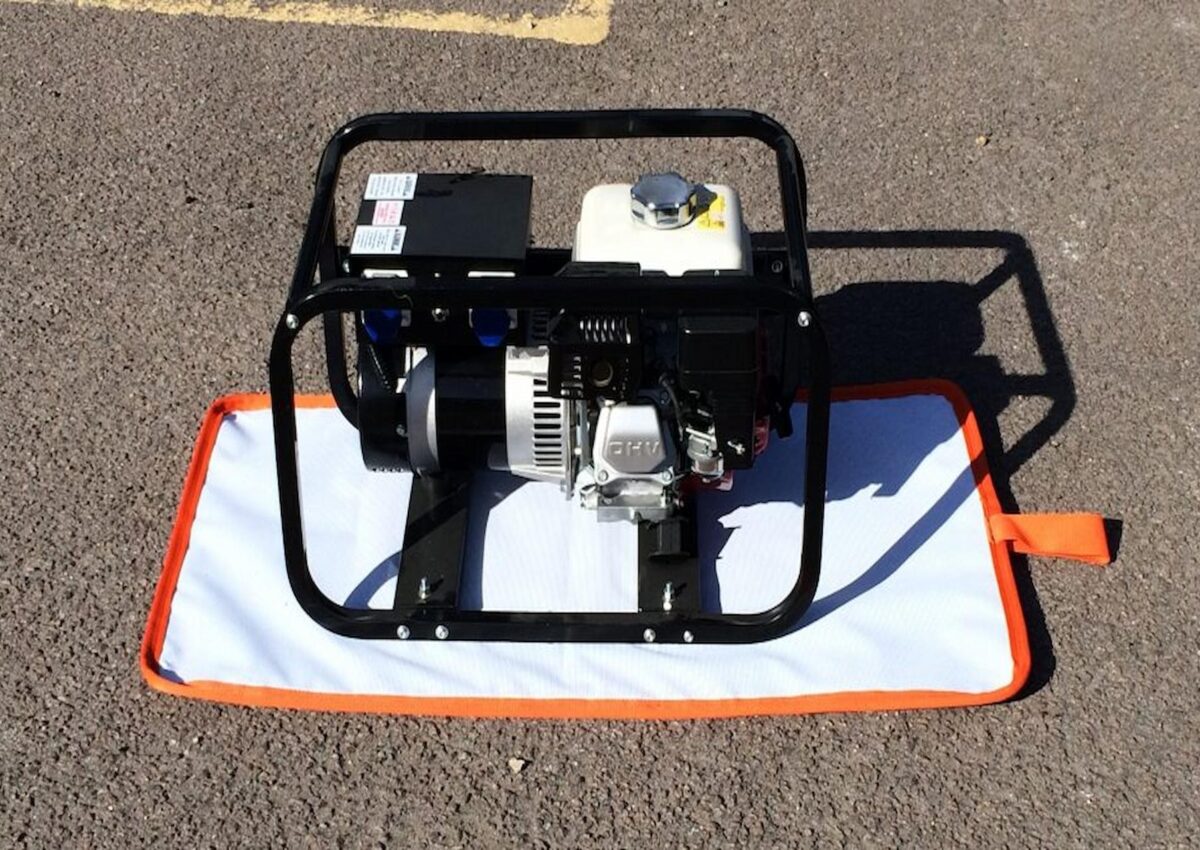
Liquids such as oil are a hazardous material that if allowed to spill onto ground outside can have disastrous consequences for the wildlife and the environment. For industries, sectors, or environments where there is the potential for oil, fuel and chemicals to spill onto the outside surface, it is important to have the right measures and equipment in place.
Here are some helpful tips, guidance and advice on how you can prepare for, reduce and contain spills to keep your workplace safe and compliant.
Planning
Planning is the best tool you have when it comes to spill prevention, but nobody has a crystal ball that can tell them where and when a spill is going to occur. However, there are key things to look out for which might help you to recognise or anticipate areas where the chances of one happening are much greater so that you can plan accordingly. This might be by looking at documents such as incident reports and records to see if there are any repeat incidents or maybe old pieces of machinery that have a history of leaks.
Regular Equipment Inspections
Making sure that you take the time to check your equipment regularly and thoroughly, doing so will provide many benefits. Not only does it mean you are more likely to pick up on potential issues before the equipment breaks down or fails when you need it the most, but it works to help prevent oil spills. Make sure you set reminders and keep detailed records of any inspections, maintenance, and servicing.
Spill Control
Nothing is going to be more effective at preventing spills from causing harm than to use products that can be installed at potential spill points to stop chemicals from seeping into the ground.
Spill mats are an example of a passive containment system that is affordable, convenient, safe, and easy to use. They come in different sizes and are laid in areas where there is a history of or the possibility of spills occurring so that they can catch, absorb, and contain any drips, leaks or spills, locking them away. This means that the area around them and the disposal of the mats are much safer and greatly reduce the chance of any unwanted liquids making their way into the ground.
Employee Involvement
Employees can often provide helpful insight into the workplace, so it is always a good idea to get their involvement. Have a talk with your staff, explain about spill hazards and see if they have any concerns or feedback they may have seen that might need improving. Make it clear how they can report any risks or hazards they see to a superior so that they can follow up and take the appropriate action.
There are a number of great spill training courses that could be an excellent option for giving key employees the knowledge on how to manage spills and use the equipment designed to contain them.
Spill Response
Prevention is always better than having to try to clear up afterwards, but if for whatever reason a spill happens, and it manages to make its way onto the ground then it’s important to take the correct action straight away. Spill containment kits and an effective chemical clean-up plan are needed to ensure that hazardous materials are safely confined, contained, and removed.




